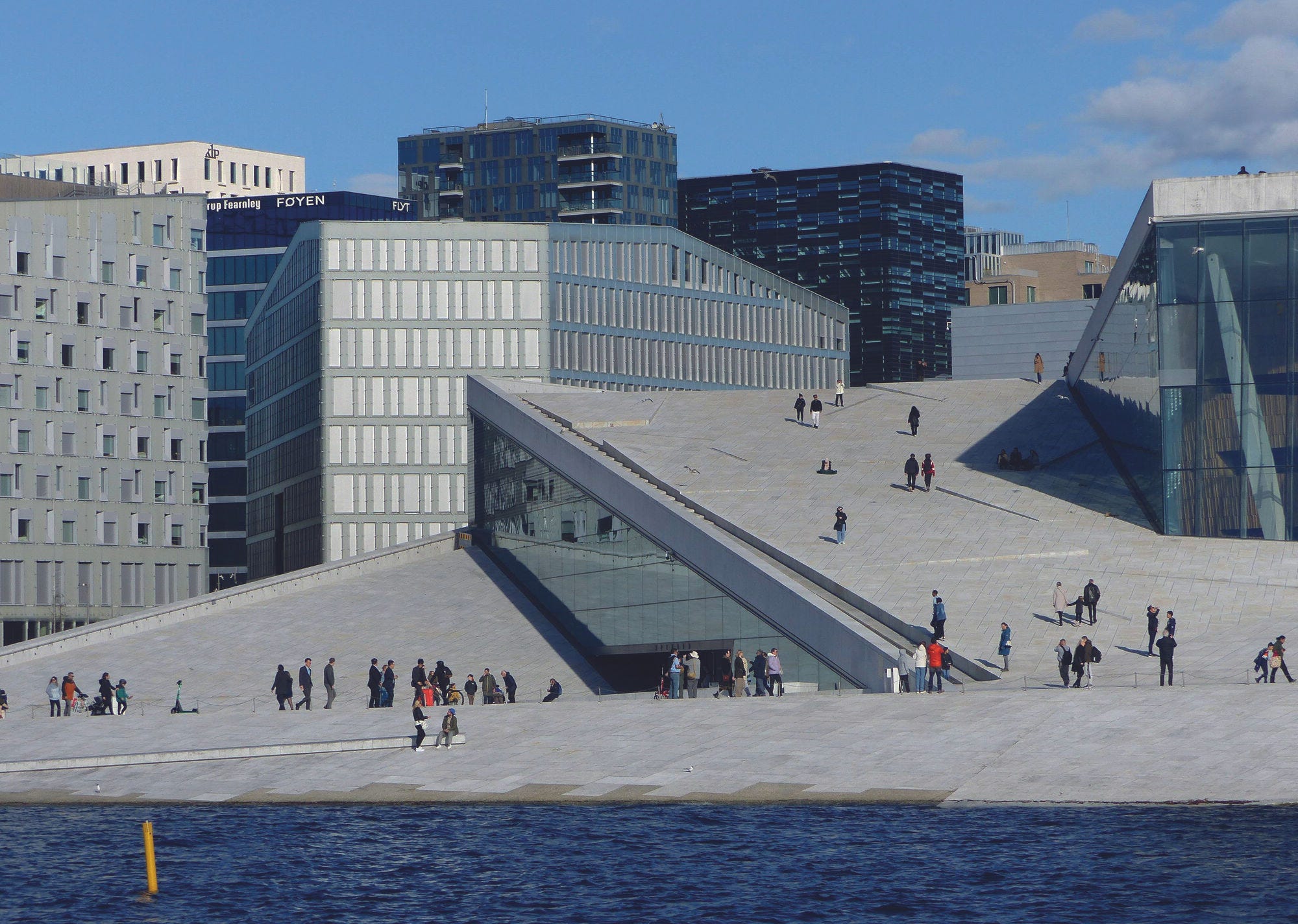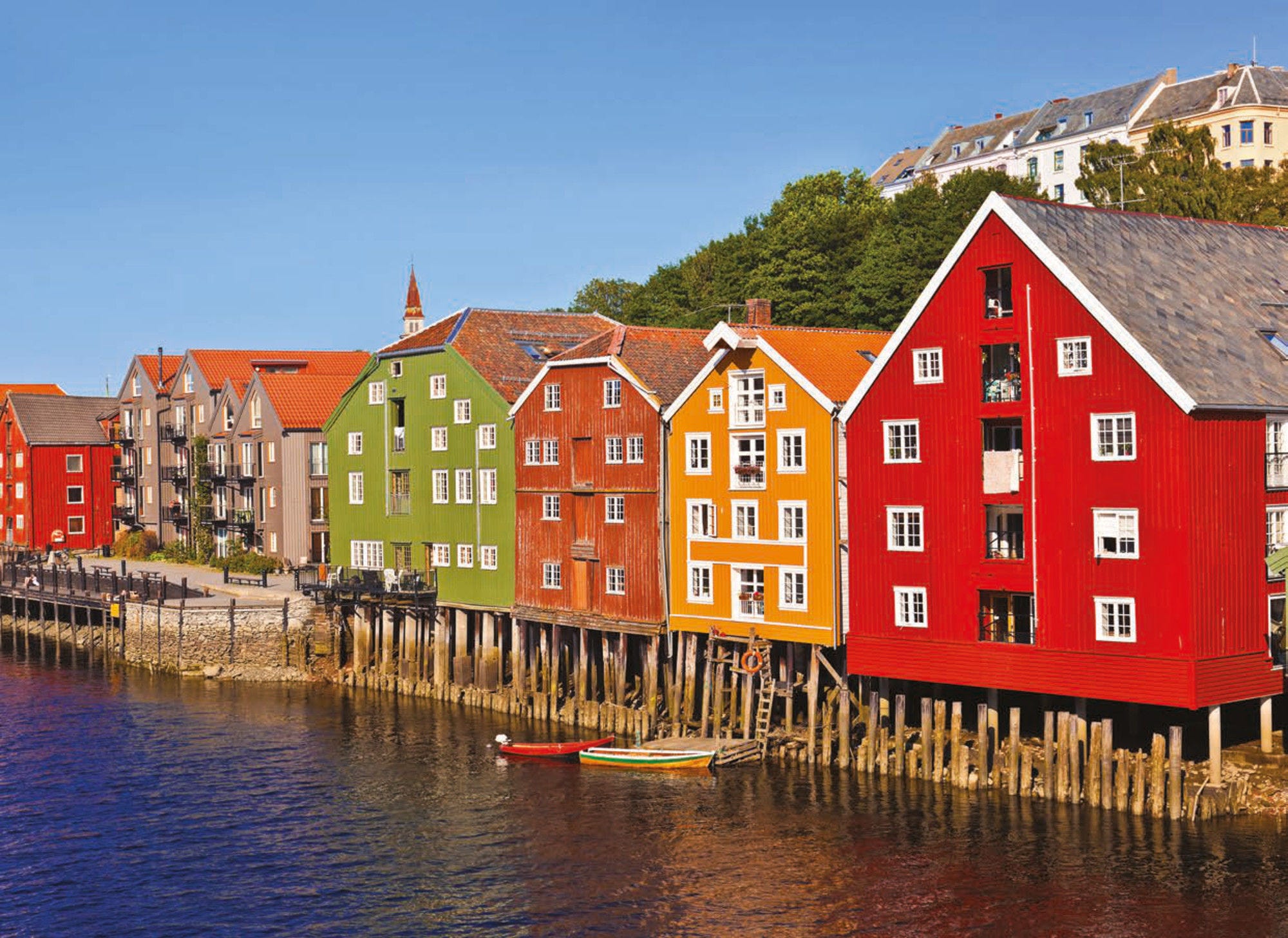Norway’s economy is slowing as inflation and higher interest rates weigh on consumption and investment. The labour market is tight and wage growth robust, while labour shortages and job mismatches are high and rising. Inflation is falling but still way above the target of 2%. The fiscal stance is expansionary. It should become contractionary to support monetary policy. While Norway is one of the OECD’s most productive countries, productivity growth over the past decade has been weak. Making skills more relevant, notably by strengthening vocational education and training, could help raise productivity and ease tight labour markets. Higher and broader taxation of greenhouse gas emissions and investing in lower‑cost emission cuts would help achieve emission reductions more efficiently. Public spending as a share of GDP is the highest in the OECD, which brings important benefits in the form of high-quality public services. However, oil revenues are set to decline, and ageing costs to rise, foreshadowing strains on public finances in the future. Norway could benefit from applying a medium-term expenditure framework, introducing a spending rule, and establishing a full-fledged fiscal council. Reforming the very generous sickness and disability scheme could help reduce spending pressures and increase employment. Regional policy should become more cost-conscious. Infrastructure investment is very high, and imposing a minimum benefit-cost ratio on individual projects and strengthening ex-post evaluations could help improve its effectiveness.
SPECIAL FEATURE: RAISING THE EFFECTIVENESS OF PUBLIC SPENDING















